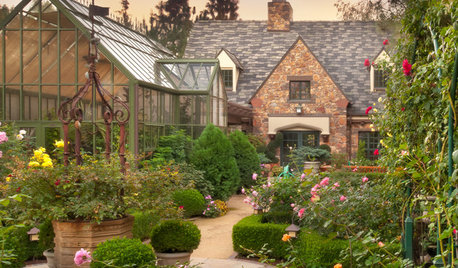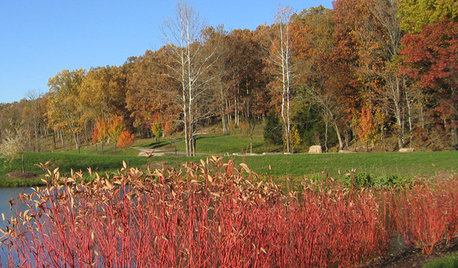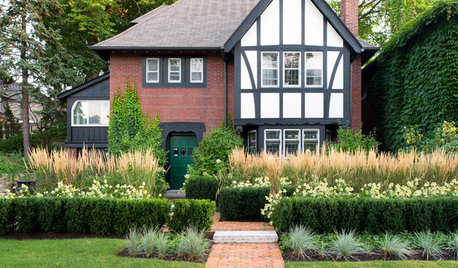Fagus sylvatica 'quercifolia'
hairmetal4ever
10 years ago
Related Stories

GARDEN STYLESNew Garden Styles Reveal Roots in Arts and Crafts Design
Landscape design from a century ago is still influencing gardens today — see if any of its features have sprung up in yours
Full Story
GARDENING GUIDESThese Hedges Can Add Interest to Your Winter Garden
Evergreen trees and shrubs provide structure and color in the winter months — and can attract wildlife too
Full Story
LANDSCAPE DESIGNHow Low Can Hedges Go? Discover Unusual Garden Borders
Short enough to step over, high enough to be a stretch ... check out these radically different hedge styles and tell us your opinion
Full Story
LANDSCAPE DESIGNPretty Trees for Patios, Paths and Other Tight Spots
Choose trees for their size, shape and rate of growth — or shape them to fit your space. Here's how to get started
Full Story
LANDSCAPE DESIGNThe 7 Best Plant Types for Creating Privacy and How to Use Them
Follow these tips for using different kinds of plants as living privacy screens
Full Story






Huggorm
lcadem
Related Professionals
Norfolk Landscape Architects & Landscape Designers · Reading Landscape Architects & Landscape Designers · San Juan Landscape Architects & Landscape Designers · Williamsburg Landscape Contractors · Lake Saint Louis Landscape Contractors · Rancho Santa Margarita Landscape Contractors · South Lyon Landscape Contractors · Tuscaloosa Landscape Contractors · Wichita Siding & Exteriors · Loveland Siding & Exteriors · San Diego Siding & Exteriors · Shoreline Siding & Exteriors · Auburn Decks, Patios & Outdoor Enclosures · Livingston Decks, Patios & Outdoor Enclosures · New Albany Decks, Patios & Outdoor EnclosuresEmbothrium
lcadem
bobfincham
Embothrium